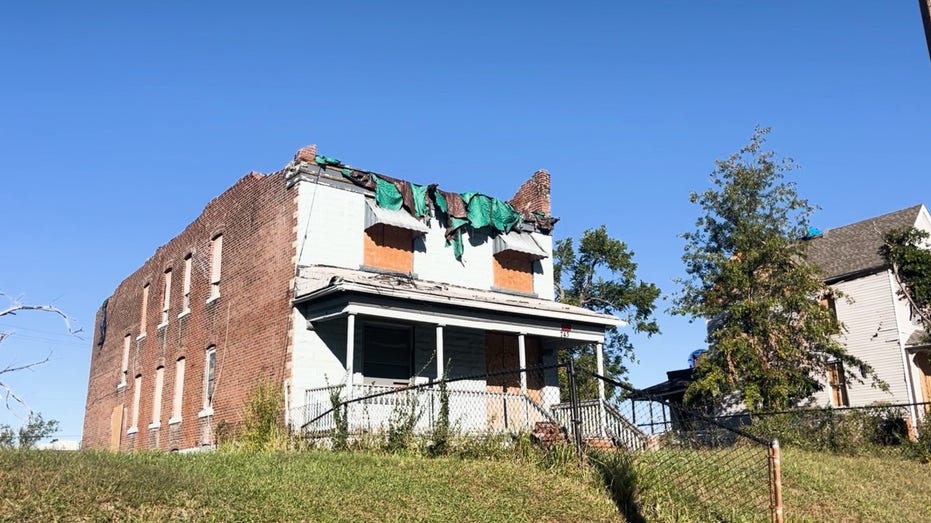Six months have passed since an EF-3 tornado ripped through St. Louis, a brutal event that claimed five lives and inflicted an estimated $1.6 billion in devastation. Yet, the scars remain painfully visible – shattered windows, the ubiquitous blue of emergency tarps, and homes frozen in time since that terrifying May day.
The promise of recovery feels distant for many residents. Benjamin Anderson, a seven-year resident and local property owner, vividly recalls the onslaught of images from his father: “Just totally… some of them literally totally destroyed.” He’d poured a year and a half of effort into one building, only to see it ravaged by the storm, resulting in six-figure damage.
Navigating the aftermath has been a labyrinth of frustration. Anderson applied for FEMA assistance five times for various properties, only to be denied each time. He hasn’t encountered anyone who’s received substantial aid, a stark contrast to the assurances of help that were initially offered.
While millions in federal aid have been approved for Missouri, including temporary housing and low-interest loans, the process is proving arduous. FEMA acknowledges that many applications require further documentation and that initial denials are often overturned upon appeal – a process that adds layers of complexity and delay.
The reality on the ground is a widening gap between need and assistance. Neighbors have been forced to leave their homes to allow for repairs, while others are paralyzed by uncertainty. Anderson encountered a man living in a tent outside his condemned home, stripped of power and hope.
Adding to the hardship, opportunistic contractors descended on the neighborhood, preying on vulnerability. Anderson recounted turning down a roofer from Florida who demanded $2,000 for a tarp, later spotting similar tarps on other houses, fearing neighbors were being exploited out of desperation.
Even those whose homes weren’t completely destroyed face a daunting financial burden. Misty Williams considers herself fortunate, but acknowledges that the funds received barely scratch the surface of repair costs. “Sometimes the repair cost far exceed the amount that you're given,” she explained, a sentiment echoed by many.
A new city program, STL Recovers, offers a glimmer of hope, aiming to connect survivors with available assistance and guide them through the repair process. But for many, the wait continues, and the emotional toll is mounting.
Experts warn that the six-month mark is often the most challenging. Clinical psychologist Dr. Joshua Klapow explains that the initial adrenaline fades, forcing survivors to confront deeper emotional wounds. “This is the time where those feelings of sadness and loss really can hit home.”
The approaching winter exacerbates the situation. Cold temperatures and dwindling daylight compound the stress of rebuilding lives, leaving many feeling depleted and overwhelmed. The psychological weight of the disaster is becoming increasingly heavy.
Anderson, like many in St. Louis, simply hopes the next six months bring tangible change. He worries about those still exposed to the elements as temperatures drop. “There's still people who are sleeping outside their homes and it's starting to get cold,” he said, his voice filled with concern. “I hope that their situations are figured out so that maybe they do get some of that help… to move back inside in the winter.”





